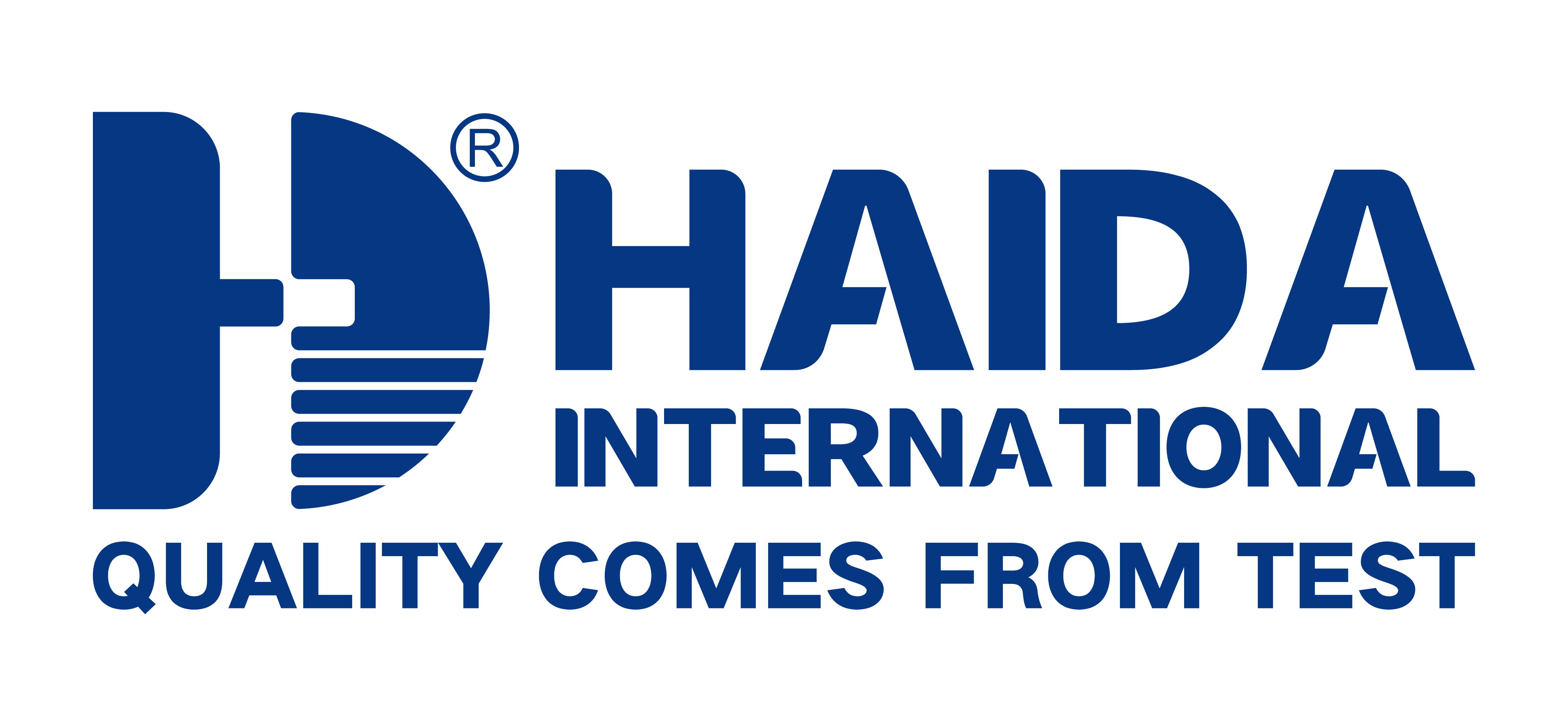ISTA Testing
The purpose and significance of the existence of packaging testing is to improve the reliability of the packaging of the shipment, let people know whether the packaging of the product can achieve the desired results. Its testing includes various aspects, and there are different regulatory agencies and regulatory standards in the world for packaging and transportation testing (ISTA), cabinet structure, paper quality, environmental protection (hazardous substances, recycling).
Introduction:
The most common packaging test is the Packaging Transportation Test (ISTA), which aims to protect the product from reaching its destination safely. In fact, packaging, transportation, distribution and packaging are a large and complex process, and the number varies widely. Performing a simulation test in the laboratory will be a simple, fast, effective, and inexpensive way to evaluate the performance of a package protection design in actual use conditions. The tested packaging can guarantee the indicators of various aspects such as stability, environmental protection and recycling.

Purpose of packaging testing:
Greatly reduce the probability of product being damaged during transportation due to packaging problems;
Reduce overall production costs;
Reduce and eliminate claims disputes;
Shorten packaging development time;
Improve customer confidence;
Make packaging more environmentally friendly, in line with national regulations, and enhance the image of corporate social responsibility.
Simulated vibration test:
Road trailer simulation
Air simulation
Shipping
European and American requirements for heavy metal content of packaging materials:
Since 1998, EU member states have implemented the 94/62/EC regulations with the goal of reducing the total metal content of lead (Pb), cadmium (Cd), mercury (Hg) and hexavalent chromium (Cr VI) in packaging materials year by year. And eventually reduce it to below 100ppm. In June 2001, the allowable limits for heavy metal materials must comply with the joint regulations of the Governor of Northeastern Province regarding the restrictions on hazardous substances in packaging.
For packaging of multiple materials, all packaging materials (such as printing ink, carton, blisters, buckles, etc.) are required to be tested separately and meet the content limits.
The environmental protection directive for packaging in many US states is TPCH, and the EU is 94/62/EC.
92/62/EC
· Ensure packaging is suitable: re-collection, reuse, recycling, energy and organic recycling
· Minimize the environmental impact of packaging poisoning and hazards
· Minimize the weight and volume of packaging waste











